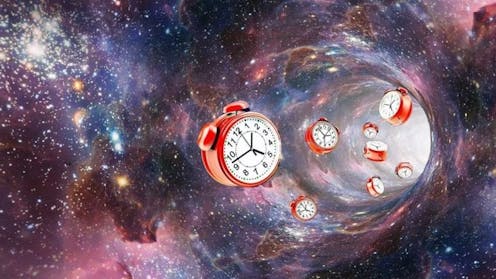

Authors: Adi Foord, Assistant Professor of Astronomy and Astrophysics, University of Maryland, Baltimore County
Read more



